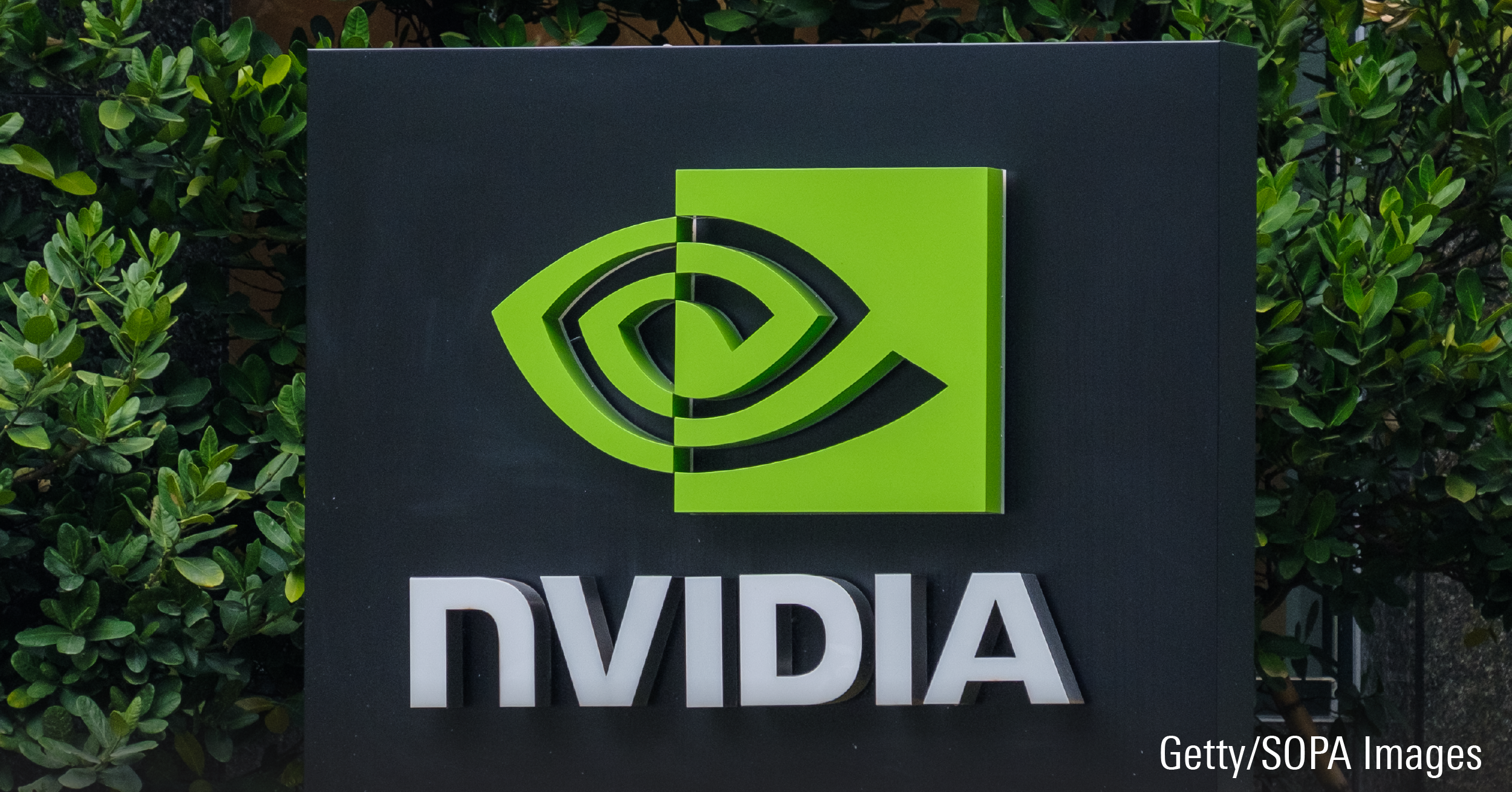As digital communication gains prominence in everyday life, services like wireless, cable and internet are increasingly becoming an essential part of human consumption.
Telecom companies that provide these services have been quick to exploit our growing dependence on them. By rapidly expanding their products and services, while promptly adopting new technology, leading carriers have kept pace with emerging trends and managed to thrive in what is broadly regarded as an oligopolistic ecosystem.
After ending 2014 with a decent total return of 13.3%, the S&P/TSX Capped Telecommunication Services Index has posted a more modest 7.8% gain so far in 2015 (as of Dec. 9), though that performance ranks in fourth place among the 10 Canadian sector indexes. Numbers in the United States are a bit more sober, with the S&P 500 Telecommunication Services Index up 1.4% (in U.S. dollar terms) for the year to date, after posting a total return of 3% in 2014.
Valuations of select blue-chip telecom stocks may be considered a bit pricey, but investors may want to keep them on their radar screen for any future corrective action. These companies have strong fundamentals, superior technology and scalability to withstand competition and regulatory challenges, and most pay dividends in excess of 4%, according to Morningstar equity research.
| Vodafone Group PLC ADR | ||
| Ticker | VOD | |
| Current yield | 5.6% | |
| Forward P/E | 37.6 | |
| Price | US$31.51 | |
| Fair value | US$34 | |
| Data as of Dec. 11, 2015 | ||
Not only the largest wireless phone company in the world in terms of customers, ![]() Vodafone (VOD) also has the largest geographic footprint. The British telecom giant has majority or joint control in 21 countries, and minority or partnership interests in many other parts of the connected world.
Vodafone (VOD) also has the largest geographic footprint. The British telecom giant has majority or joint control in 21 countries, and minority or partnership interests in many other parts of the connected world.
The company's existing and projected assets should provide it with the networks it needs to compete in an increasingly converged telecom world, according to a Morningstar report. Vodafone's multi-billion-dollar program to modernize its network, called Project Spring, is nearing completion and will likely improve the firm's competitive advantage and margins, according to a Morningstar report. The mobile phone giant's profits, the report said, are expected to get a further boost by its growing strength in fast-growing emerging markets in Asia, the Middle East and Africa, which is helping offset weakness in Europe.
"The firm is seeing growth in much of its emerging-market portfolio, and importantly, India is showing improvement, particularly in its margins," said Morningstar equity analyst Allan C. Nichols, who projected average annual revenue growth of 2% for the next four years after 2016. "India holds the most promise to outperform our estimates and provide upside to our fair value estimate" of US$34 per American Depository Receipt (ADR).
| Verizon Communications Inc. | ||
| Ticker | VZ | |
| Current yield | 4.94% | |
| Forward P/E | 11.2 | |
| Price | US$44.82 | |
| Fair value | US$50 | |
| Data as of Dec. 11, 2015 | ||
![]() Verizon Communications (VZ) is an integrated telecom carrier that serves 25% of the U.S. population and owns a long-haul network that reaches regions across the world. Through its wholly owned subsidiary, Verizon Wireless, the firm serves nearly 109 million U.S. retail wireless connections.
Verizon Communications (VZ) is an integrated telecom carrier that serves 25% of the U.S. population and owns a long-haul network that reaches regions across the world. Through its wholly owned subsidiary, Verizon Wireless, the firm serves nearly 109 million U.S. retail wireless connections.
The firm enjoys exceptionally strong customer loyalty and managed to add 430,000 net new postpaid phone customers during the third quarter, according to a Morningstar equity report. Despite some concerns about the overall health of the wireless business, "Verizon remains the best-positioned wireless carrier in the industry," said Morningstar strategist Michael Hodel, noting "the shares are modestly undervalued, and look attractive relative to other large-cap rivals."
With continued focus on network quality, the company has cemented its reputation as the premier U.S. carrier. "This position has enabled the firm to weather increased competitive intensity well," said Hodel, who puts the stock's fair value at US$50.
Verizon Wireless has expanded its customer base at an impressive pace in recent years, taking share from rivals, Hodel added. He praised the firm for having done "a solid job of controlling costs." He forecasted strong customer growth, but only 1% average annual increase in wireless service revenue through 2019.
| BCE Inc. | ||
| Ticker | BCE | |
| Current yield | 4.82% | |
| Forward P/E | 15.4 | |
| Price | $53.99 | |
| Fair value | $53 | |
| Data as of Dec. 11, 2015 | ||
![]() BCE (BCE) is the largest communications company in Canada, with services including fixed-line phone (7 million subscribers), wireless (8 million), high-speed Internet (3.3 million), fixed-line television (1 million) and satellite television (2 million).
BCE (BCE) is the largest communications company in Canada, with services including fixed-line phone (7 million subscribers), wireless (8 million), high-speed Internet (3.3 million), fixed-line television (1 million) and satellite television (2 million).
The firm, which controls nearly 30% of the nation's wireless market, also owns stakes in Canadian broadcaster CTV and national newspaper The Globe and Mail.
BCE maintains a solid competitive position in a three-player oligopoly that also includes Rogers and Telus, which controls 90% of Canada's total wireless market. A network-sharing agreement with Telus has helped BCE build a wireless stronghold in Eastern Canada while expanding its presence in Western Canada.
"The firm should be able to continue to grow its wireless revenue at a solid clip, as smartphone penetration (55% at the end of 2014) and data demand still have a long runway for growth in Canada," Hodel said in a Morningstar equity report.
The firm has been steadily increasing customer share in the postpaid wireless market while growing average revenue per customer at the fastest pace in the industry, which led Hodel to raise the stock's fair value from $50 to $53 and his projection for 2015 wireless growth from 5% to 8%.
| Rogers Communications Inc. Class B | ||
| Ticker | RCI.B | |
| Current yield | 3.95% | |
| Forward P/E | 16.2 | |
| Price | $48.66 | |
| Fair value | $45 | |
| Data as of Dec. 11, 2015 | ||
![]() Rogers Communications (RCI.B) is Canada's largest wireless carrier and serves 9.5 million customers through services including wireless, cable TV, high-speed internet and phone. It also owns several media assets, including television stations, newspapers, sports teams and magazines.
Rogers Communications (RCI.B) is Canada's largest wireless carrier and serves 9.5 million customers through services including wireless, cable TV, high-speed internet and phone. It also owns several media assets, including television stations, newspapers, sports teams and magazines.
The telecom behemoth has plans to offer 1-gigabit Internet access speeds across its coverage area by the end of 2016. Rogers posted strong third-quarter results across the board, including 4.1% total revenue growth on a year-over-year basis, and a 2.5% spike in wireless services revenue for the quarter.
Rogers' wireless segment is its largest and strongest business, which accounts for about 55% of revenue and 65% of profit, according to a Morningstar equity report that says the firm also dominates the internet access market with a nearly 50% share, well ahead of the 33% held by rival BCE.
"We believe the recent surge in wireless growth is sustainable over the next few years as wireless data usage continued to expand at a rapid clip," said Hodel. And while he recently pared the stock's fair value to $45 from $48, due in part to higher capital spending over the next several years, he forecasted a 3% compound annual growth in revenue through 2019.
Complete access to Morningstar's research on equities, mutual funds and exchange-traded funds is available to subscribers to Morningstar Canada Premium.
Editor's note: The author owns a position in shares of Rogers Communications Inc.

















